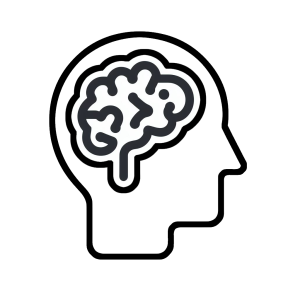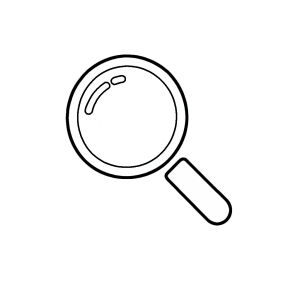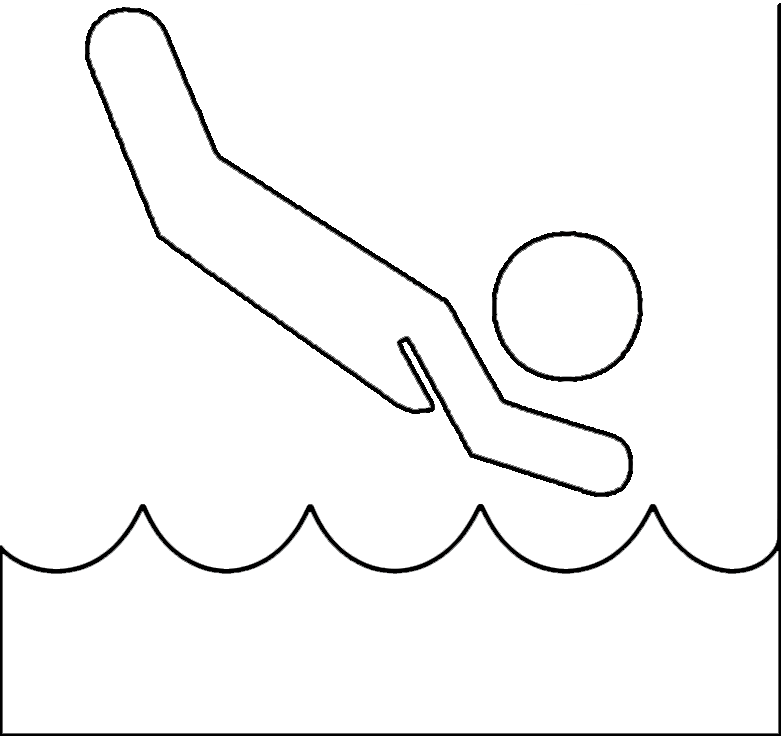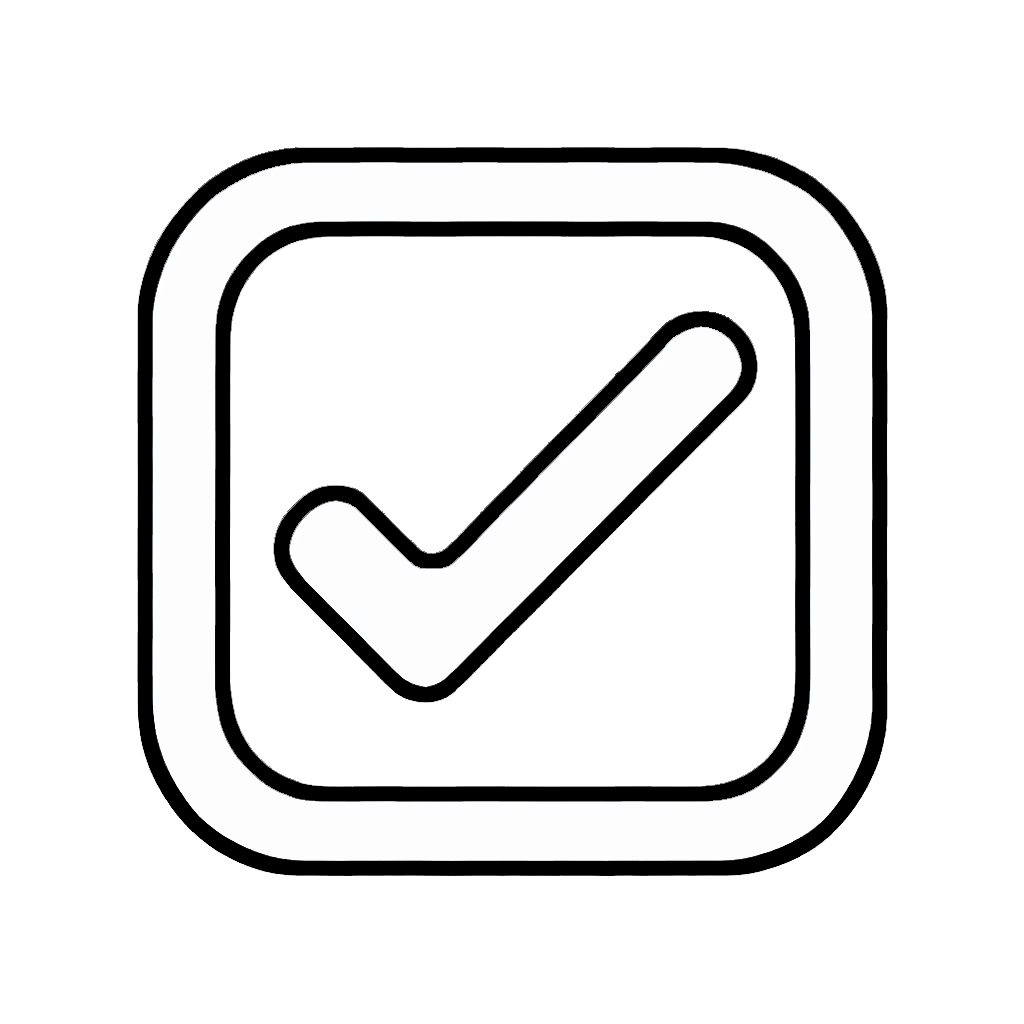Universal Design for Learning (UDL)
 Preparing to Learn
Preparing to Learn
Universal Design for Learning
Before discussing Universal Design for Learning (UDL), complete the assessment below to check what you already know, what you need to unlearn, and what you might be interested in exploring further.
Educators often toss out Universal Design for Learning, or UDL, as a panacea for the many challenges in education. Have a behavior issue in your class? UDL! Confused or uncertain about what it means to provide accessible course materials? UDL! Unsure how to design an effective lesson plan, maximize the use of educational technologies, improve equity in your classroom, or achieve world peace? Just kidding about that last one, but UDL! This oversimplification partially took root because Universal Design for Learning did, in fact, develop in response to the rigidity of typical school curricula. David Rose and his colleagues at CAST–originally an acronym for the Center for Applied Special Technology, but now simply “CAST” in all caps–wanted to find better ways to support learning in students who found public school systems ineffective. This chapter introduces Universal Design for Learning, one inclusive teaching practice to apply in your future classroom. The next chapter will explore Differentiated Instruction, another inclusive teaching practice.
UDL aims to change the design of the environment rather than to change the learner.
CAST, 2018
What is UDL?
Overview
A one-size-fits-all method of instruction and assessment often leaves many students frustrated and set up for potential failure. A Universal Design for Learning (UDL) framework supports a flexible learning environment, helping ensure that students reach their full potential. CAST defines UDL as “a framework to improve and optimize teaching and learning for all people based on scientific insights into how humans learn” (CAST, 2024). Centered on creating equal access to learning, the UDL framework designs instruction around the needs of all learners by using instructional materials and learning activities that allow individuals with varying abilities to achieve learning goals and objectives and by removing barriers while maintaining rigor. According to Wehmeyer, Lance, and Bashinski (2002), “universally designed curriculum takes into account individual interests, and preferences, and individualizes representation, presentation, and response aspects of the curriculum delivery accordingly” (p.230).
UDL allows teachers to create a flexible curriculum that also removes barriers to learning through three principles: engagement (the “why”), representation (the “what”), and expression (the “how”) (CAST, 2018). In addition to the three principles of UDL, this chapter also will explain nine guidelines and 31 checkpoints for UDL.
History of UDL[1][2]
UDL originates from Universal Design (UD), a set of principles that guides the design of architecture and products for use by the widest range of individuals possible: all ages, access needs, characteristics, and life stages (Institute for Human Centered Design, 2016). Both UD and UDL share a common objective of universal access, but in different contexts; UD focuses on the “built” environment, whereas UDL is expressed in learning environments (Pisha & Coyne, 2001).
In the 1980s, David Rose, Anne Meyer, and their colleagues at CAST developed the UDL framework, the only UD framework based on cognitive neuroscience research (Rose et al., 2002; Rose et al., 2013; Rose, 2016).
A key aspect of UDL involves understanding that all learners vary and that the “average student” does not exist. Teachers cannot plan for every learner variable. Still, teachers can design, develop, and deliver curriculum, knowing learners will have diverse needs and providing them options to ensure meeting every learner’s needs.
Arguments for UDL[3]
Neurobiological research shows the importance of emotional engagement in shaping lifelong learning, application, and memories (Immordino-Yang, 2016). Also, students’ educational outcomes can improve through application of UDL’s three principles to course design, learning experiences, teaching practices, learning environments, and student assessments (Al-Azawei et al., 2016). In addition, using a variety of appropriate entry points and levels of challenge can improve learning for all students while maintaining a high level of academic integrity.
When teachers embrace traditional instructional approaches such as lectures and readings exclusively in a course, they do not address the likely diversity of learners in that course. To provide access to education and increase student engagement, educators can consider the needs of all learners through course design, learning experiences, and the learning environment. UDL offers a framework for considering diverse student populations in higher education (Institute for Human Centered Design, 2016).
 Critical Perspective
Critical Perspective
Common Myths About UDL
The Structure of the UDL Framework
The Three Principles of UDL[4]
The UDL framework emphasizes flexibility in presentation of instructional material, demonstration of student knowledge and skills, and student engagement in learning. Environmental design and cognitive neuroscience, learning theory, and teaching practice all factored into development of the UDL framework, often presented as UDL’s three principles:
- Multiple means of engagement – connect with learners’ interests, supporting self-reflection of learning, fostering collaboration and varying levels of challenge (e.g., open class discussion, question-and-answer period, applied problem-solving, goal-setting).
- Multiple means of representation – provide learners with multiple ways to engage and comprehend information and experiences (e.g., video, audio, graphics, symbols, tactile objects).
- Multiple means of action and expression – provide learners with alternative methods of demonstrating what they comprehend and different ways of managing information (e.g., assignments, multimedia presentations, concept maps).
 Deeper Dive
Deeper Dive
Additional Resources About UDL
History of UDL
UDL Guidelines and CAST Resources
Teacher Resources
- Universal Design for Learning (UDL): A Teacher’s Guide
- Universal Design for Learning: Meeting the Needs of All Students
The Plus-One Strategy
Applying UDL Approaches in the Classroom
Student-Centered Strategies[5]
Several strategies can help meet diverse learner needs, including student learning communities (Tinto, 2003), peer tutoring (Topping, 1996), and supplemental instruction (McGuire, 2006). These approaches aim to increase retention, improve student performance, and, more importantly, shift the educational paradigm from teacher-centered to student-centered. Many of these strategies rely on students seeking assistance from the institution’s student academic center. Educators can use UDL as a complementary approach to provide learning support within the courses themselves.
Implementing UDL requires consideration of both accessibility to information and pedagogical approaches. Put simply, UDL aims to provide a flexible curriculum (Pace & Schwartz, 2008) and learning experiences for students. Incorporating UDL does not eliminate educational barriers to learning (Zeff, 2007); however, it provides educators with a new standard and mindset to reduce barriers for all students.
The Plus-One Strategy[6]
Thomas J. Tobin, UDL implementer and author, describes UDL as “…really just ‘plus-one’ thinking.” Meaning for each learning activity, assessment, or interaction that learners have, try to “…provide one more way for that interaction to happen” (Battaglia, 2019). For those unsure where to begin with UDL implementation, the plus-one strategy parses UDL “into manageable, approachable chunks” (Battaglia, 2019).
To apply the plus-one approach, look at what you are already doing in your teaching and learning context and then add one more option for learners. For example:
- If you notice that your students struggle as notetakers, help teach them how to take notes as part of your lesson.
- If you currently post lesson content as a PowerPoint, post the same content as a Word document and link to a text-to-speech tool.
Conclusion
Applying the Universal Design for Learning framework to your teaching will allow you to truly meet your students where they are by providing them with learning options related to engagement, representation, and action and expression. The next chapter explores another inclusive teaching strategy, Differentiated Instruction, which focuses on individualizing learning experiences for students so that they can thrive in your classroom.
 Knowledge Check
Knowledge Check
Universal Design for Learning
References
Al-Azawei, A., Serenelli, F., & Lundqvist, K. (2016). Universal design for learning (UDL): A content analysis of peer-reviewed journal papers from 2012 to 2015. Journal of the Scholarship of Teaching and Learning, 16(3), 39-56.
Battaglia, A. (2019, Jun 6). “Plus-One” thinking: A framework for inclusive teaching. University of Texas at Austin Faculty Innovation Center. https://facultyinnovate.utexas.edu/news/plus-one-thinking-framework-inclusive-teaching
CAST. (2018). About Universal Design for Learning. CAST.org.
Immordino-Yang, M. H. (2016). Emotions, learning, and the brain: Exploring the educational implications of affective neuroscience (First ed.). New York: W. W. Norton & Company, Inc.
Institute for Human Centered Design. (2016). History of Universal Design. Retrieved from https://humancentereddesign.org/universal-design/history-universal-design
McGuire, S. Y. (2006). The impact of supplemental instruction on teaching students how to learn. New Directions for Teaching and Learning, 2006(106), 3-10.
Meyer, A., Rose, D., and Gordon, D. (2014). Universal design for learning: Theory and practice. Wakefield, MA: CAST.
Pace, D., & Schwartz, D. (2008). Accessibility in post secondary education: Application of UDL to college curriculum. US-China Education Review, 5(12), 20.
Pisha, B., & Coyne, P. (2001). Smart from the start. Remedial and Special Education, 22(4), 197-203.
Rose, D. H., Meyer, A., Strangman, N., & Rappolt, G. (2002). Teaching every student in the digital age: Universal design for learning. Association for Supervision and Curriculum Development.
Rose, L.T., Rouhani, P., & Fischer, K.W. (2013). The science of the individual. Mind, Brain, and Education, 7(3), 152-158. https://doi.org/10.1111/mbe.12021
Rose, T. (2016). The end of average: How we succeed in a world that values sameness. Harper Collins.
Tinto, Vincent. (2003). Promoting Student Retention Through Classroom Practice.
Topping, K. J. (1996). The effectiveness of peer tutoring in further and higher education: A typology and review of the literature. Higher Education, 32(3), 321-345.
Wehmeyer, M., Lance, D., & Bashinski, S. (2002). Promoting access to the general curriculum for students with mental retardation. Education and training in mental retardation and developmental disabilities, 37(3), 223-234.
Zeff, R. (2007). Universal design across the curriculum. New Directions for Higher Education, 2007(137), 27-44.
- Adapted from Benton Kearney (2022). Universal Design for Learning (UDL) For Inclusion, Diversity, Equity, and Accessibility (Module 1: Origins of UDL). Creative Commons Attribution-NonCommercial-ShareAlike 4.0 International License ↵
- Adapted from Dzaman et al. (2022). Universal Design for Learning: One Small Step (Chapter 1: Introduction to Universal Design for Learning"). Creative Commons Attribution-NonCommercial-ShareAlike 4.0 International License ↵
- Adapted from Dzaman et al. (2022). Universal Design for Learning: One Small Step (Chapter 1: Introduction to Universal Design for Learning"). Creative Commons Attribution-NonCommercial-ShareAlike 4.0 International License ↵
- Adapted from Dzaman et al. (2022). Universal Design for Learning: One Small Step (Chapter 1: Introduction to Universal Design for Learning"). Creative Commons Attribution-NonCommercial-ShareAlike 4.0 International License ↵
- Adapted from Dzaman et al. (2022). Universal Design for Learning: One Small Step (Chapter 1: Introduction to Universal Design for Learning"). Creative Commons Attribution-NonCommercial-ShareAlike 4.0 International License ↵
- Adapted from Benton Kearney (2022). Universal Design for Learning (UDL) For Inclusion, Diversity, Equity, and Accessibility (Module 2: UDL in Post-Secondary and Technology Enabled Learning Environments). Creative Commons Attribution-NonCommercial-ShareAlike 4.0 International License ↵
focuses on planning instruction in such a way to meet the varied needs of students at the point of first best instruction, thereby reducing the amount of follow-up and alternative instruction necessary
